Experience
Enjoy food
Visitors enjoy a delicious lunch featuring fresh fish from Onomichi at a Japanese-style restaurant with a long history and a great view of Onomichi Channel.
About Bingo Tatami and Bing Rush
The history of Bingo Tatami stretches back centuries. The Moromori-ki Diary of NAKAHARA no Moromori written during the Muromachi Period in 1347, contains the entry, “I donated a woven Bingo mat for the repose of my father’s soul,” showing that rush was grown, and that tatami mats were made in this area. In addition to a well-developed farming culture made possible by a good climate and rich soil, the Bingo Region (present-day Fukuyama City) established highly advanced tatami-making skills promoted by MIZUNO Katsunari, the domain’s first lord. Renowned military commanders such as ODA Nobunaga, TOYOTOMI Hideyoshi, and TOKUGAWA Ieyasu cherished the incredibly high quality of Bingo Tatami and ordered them for the castles, shrines and temples in their territories. Bingo Tatami is seen even now in the Imperial Palace, buildings designated National Treasures or Important Cultural Properties.
Tatami mats are perfect for Japan’s humid climate as they remain cool in summer and warm in winter. Greatly surpassing the quality and performance of other tatami mats, tightly woven Bingo Tatami produces the perfect thickness and has great durability. What’s more, their golden sheen increases with use.
Bingo Rush is planted in winter. In spring, the tops are clipped to promote the growth of sprouts, and stakes are used to keep the rush upright. In summer, immediately after harvesting, the rush is dyed with mud and dried.
The rush industry has seen a reduction in demand over the years as lifestyles have changed, and the number of farming households that grow rush has dropped to single digits. To ensure the continuation of this important part of Japanese cultural history, the Hiroshima Prefecture Rush Industry Association has placed a priority on handing down techniques and cultivating successors in cooperation with local universities and other organizations.
The industry has worked to highlight the great features of Bingo Rush and meet the demand for comfort and convenience in today’s consumer market by developing replaceable mats, mats for sleeping, Japanese-style sandals and cushions.
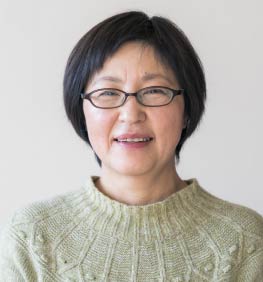
Bingo Rush – Cushion Artisan SATO Mitsuko
SATO Mitsuko started weaving cushions in Fukuyama City (Hiroshima Prefecture) around 1990. She continued perfecting her skills to produce high-quality Bingo Rush products and places the utmost care into each product as a part of her commitment to her craft.
She accepts orders for cushions, including tobi & uzu weaves, made with straw, hemp and other natural materials, and custom-made cushions from around the nation.
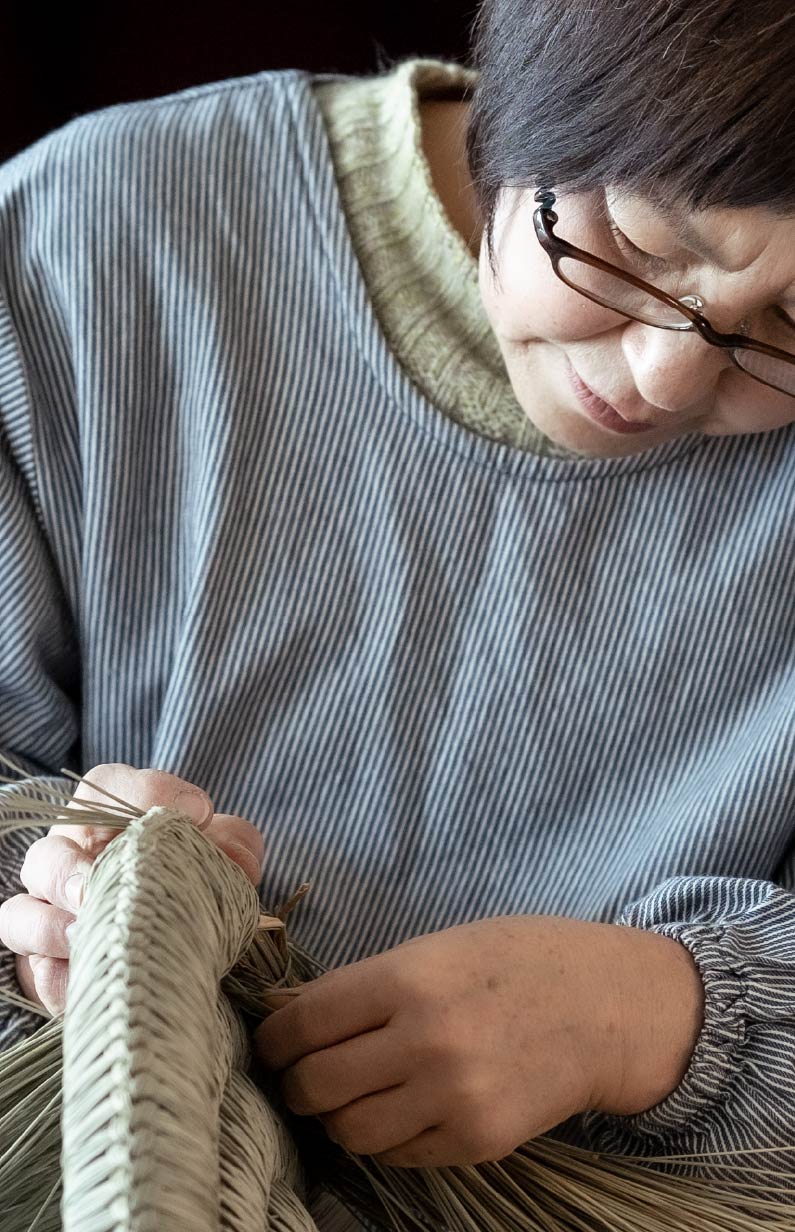
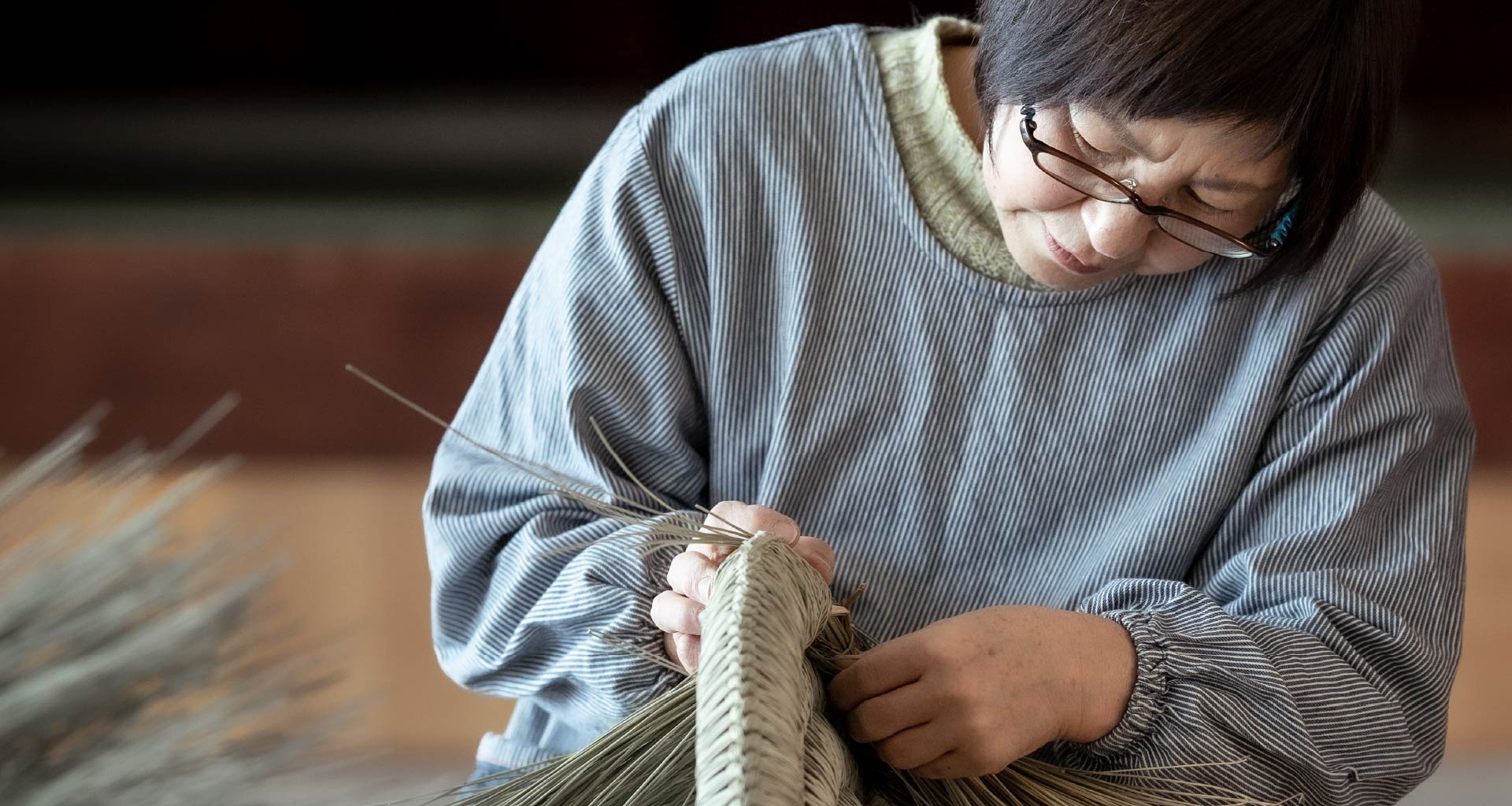

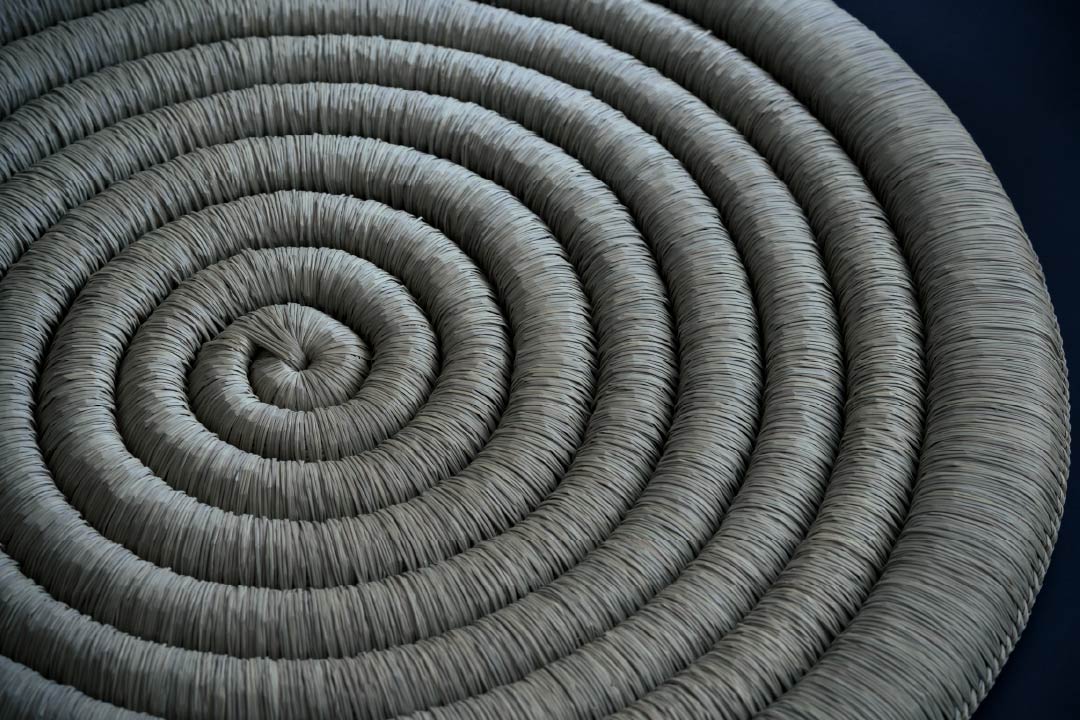
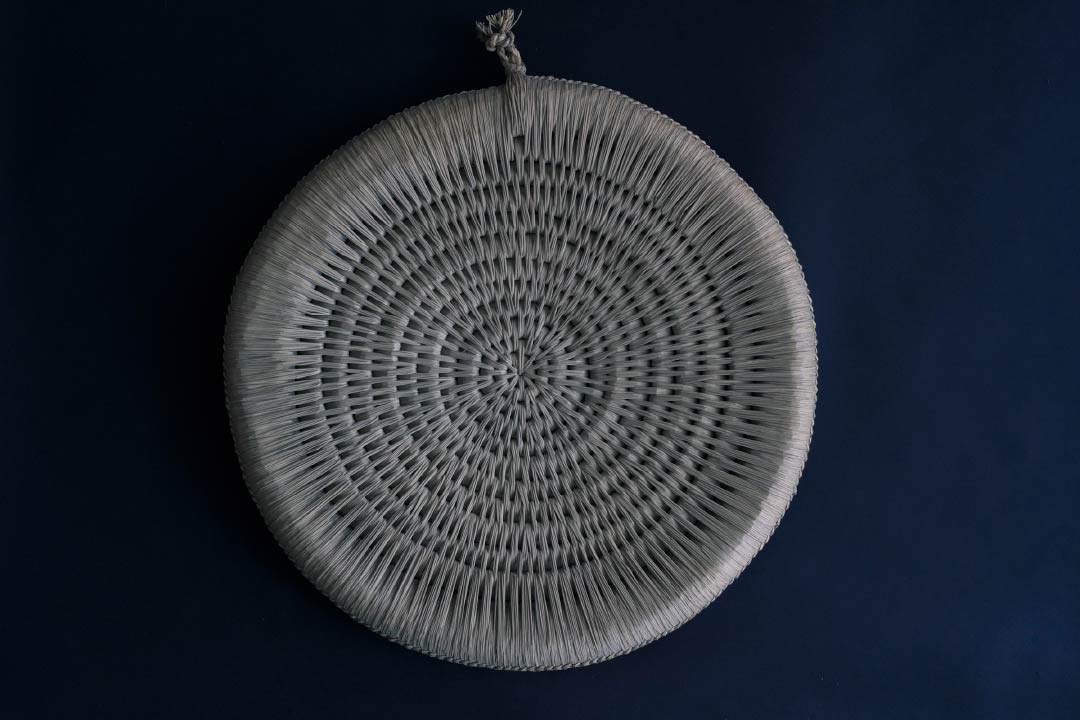

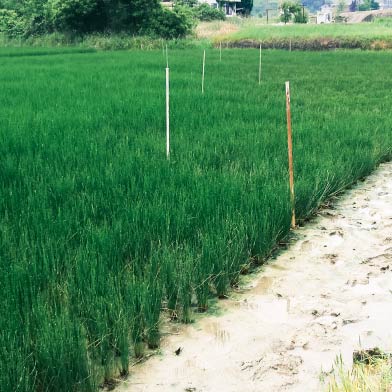
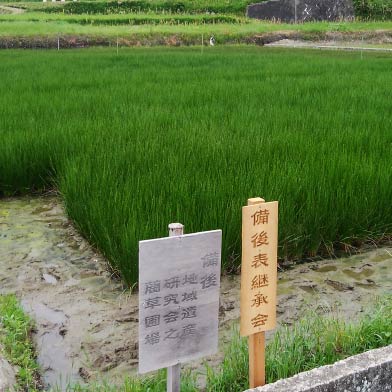
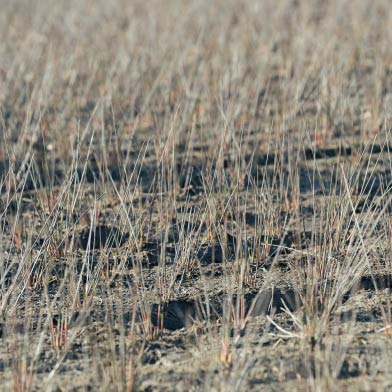
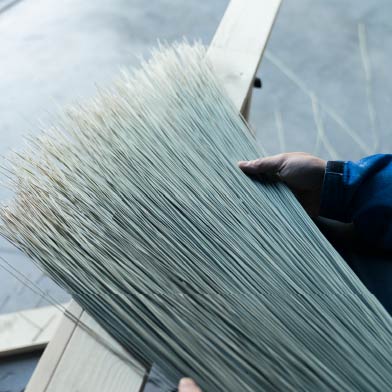
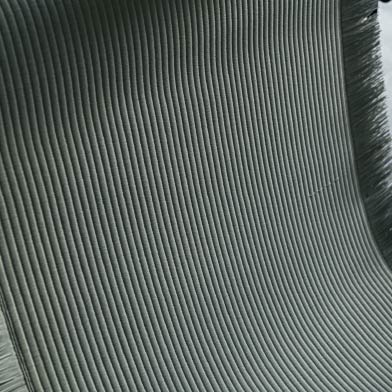
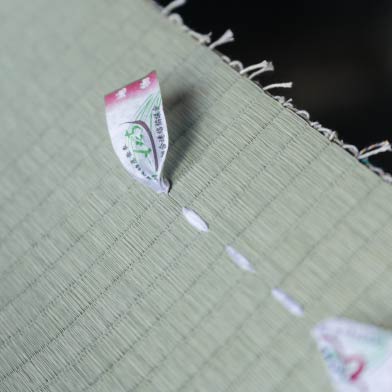

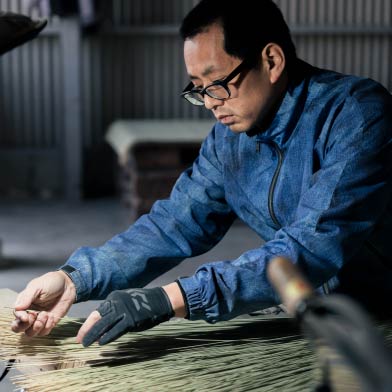
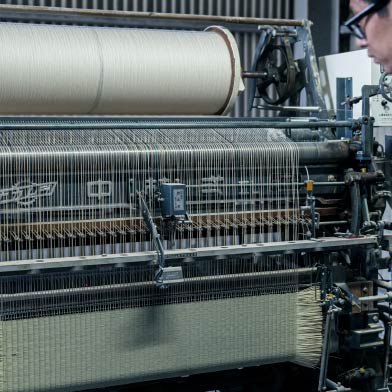

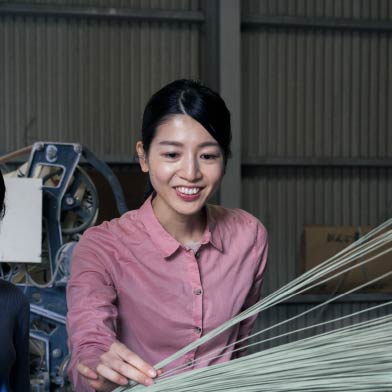
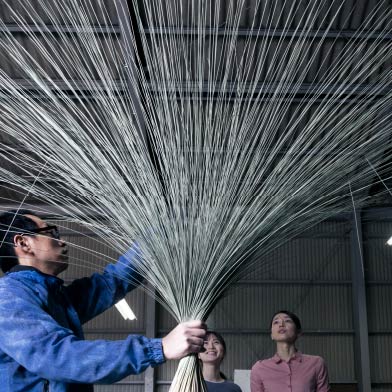

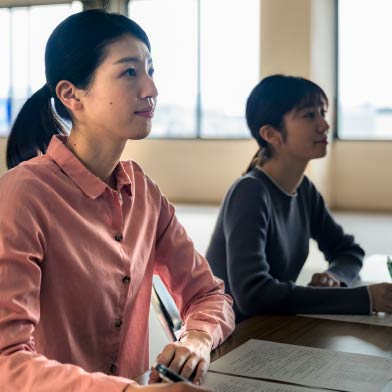
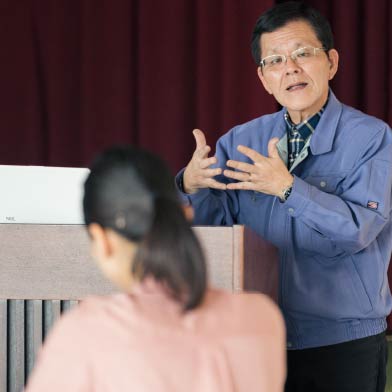

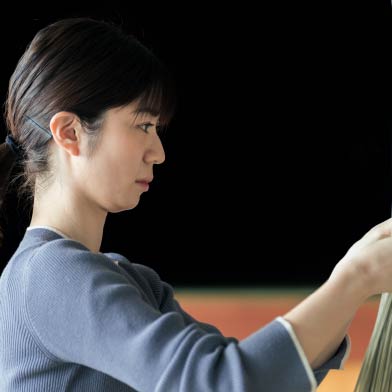
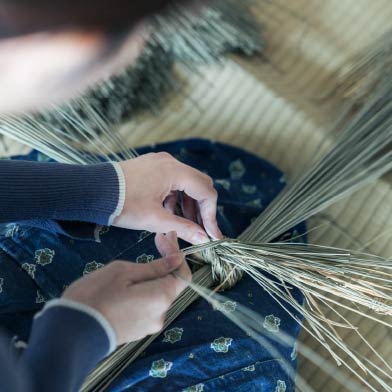
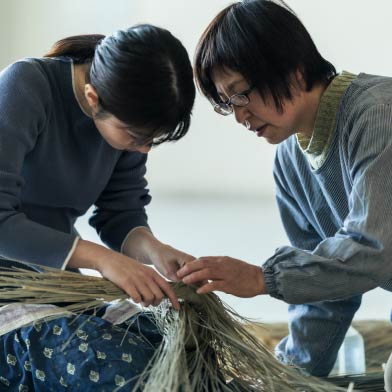
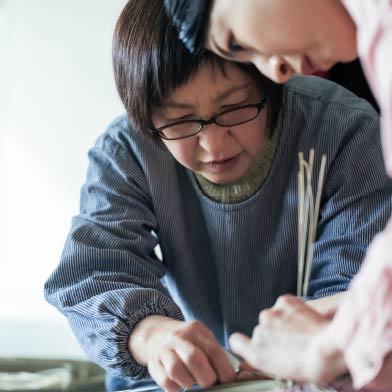
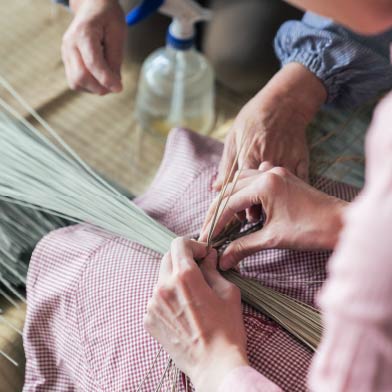

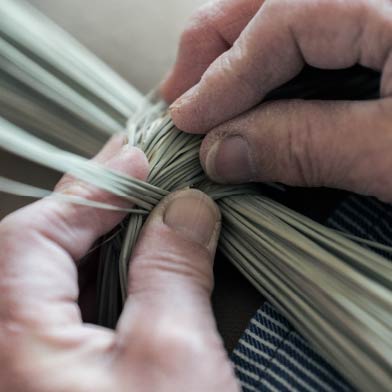
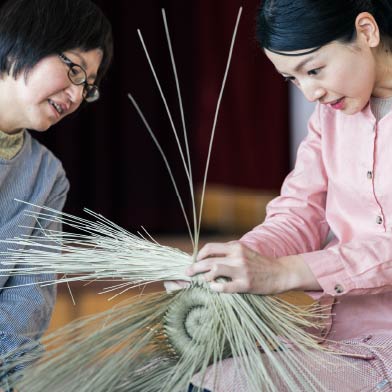
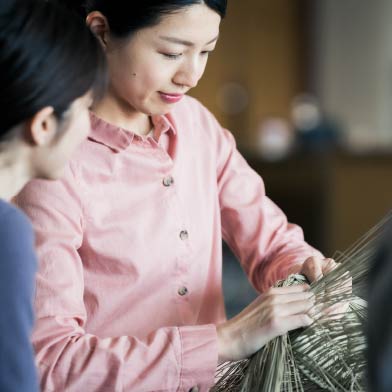

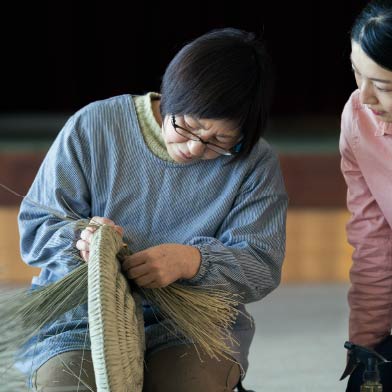
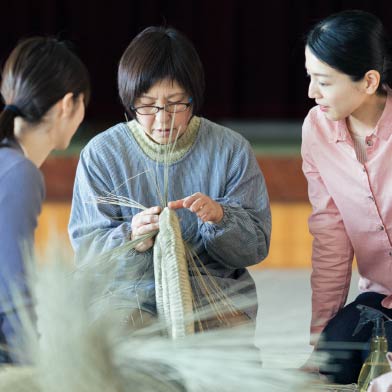
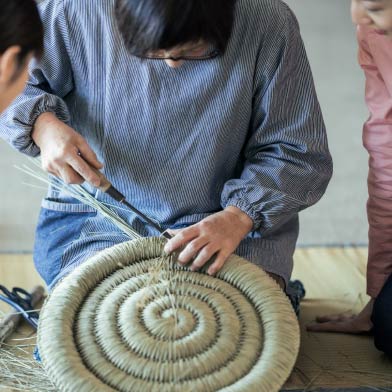
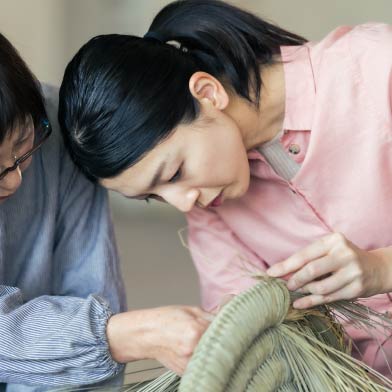
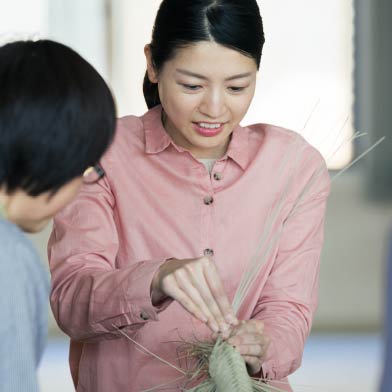
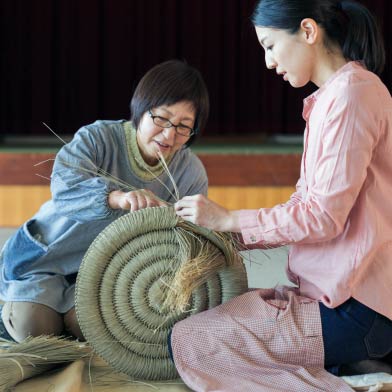
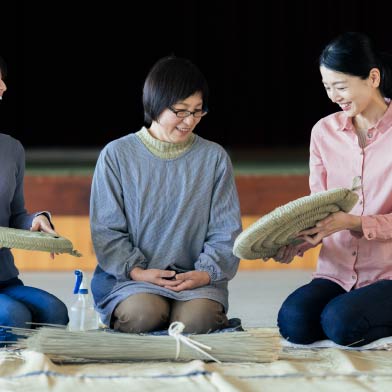
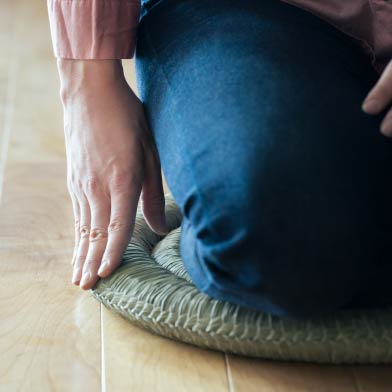

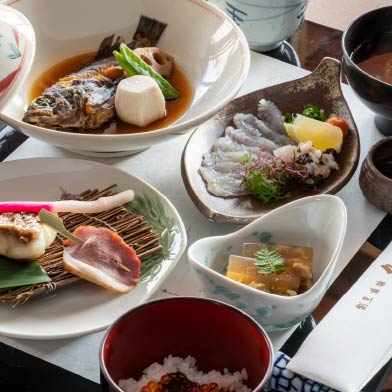
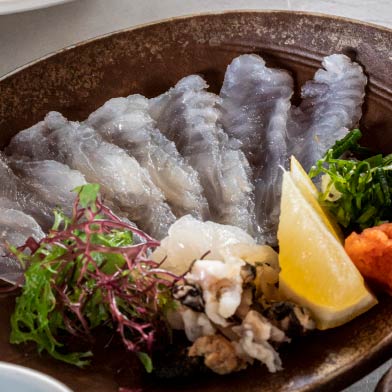
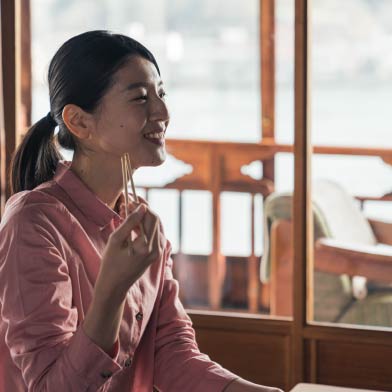
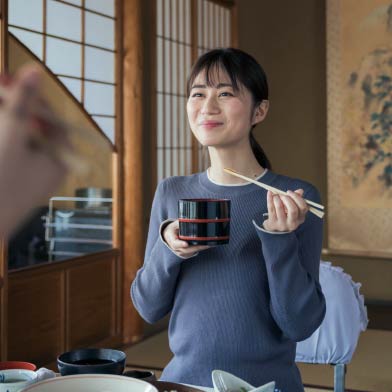
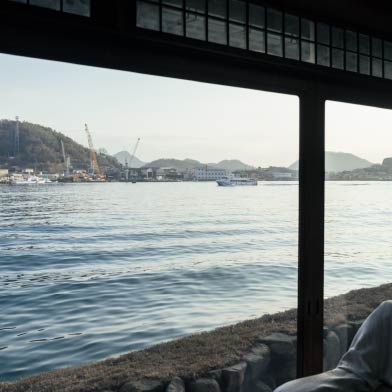

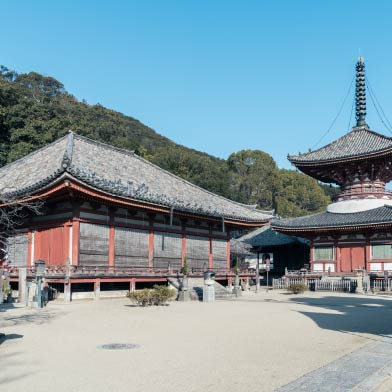
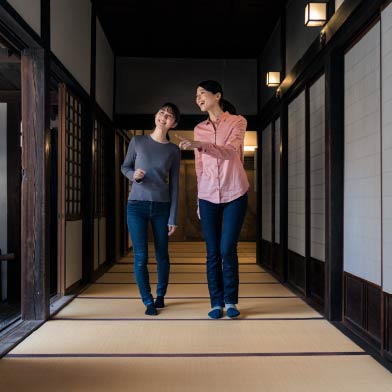
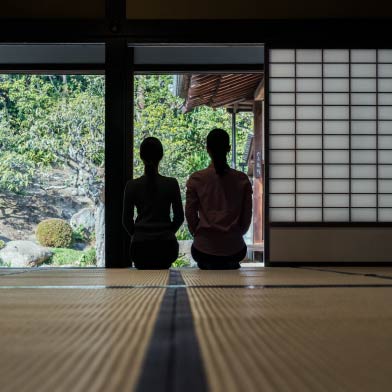
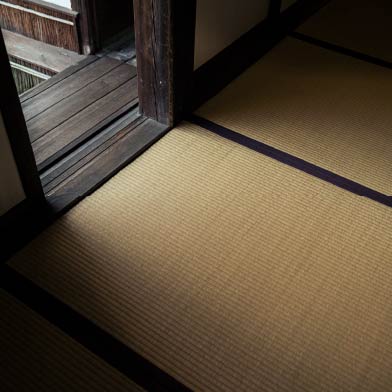

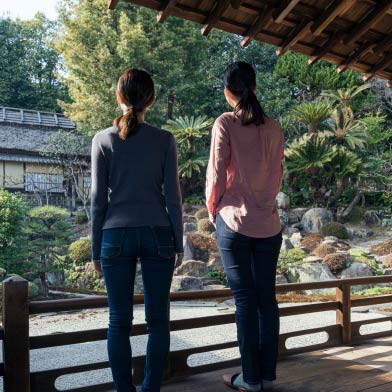

This one night/ two-day interactive program gives visitors the opportunity to learn about the history and cultural importance of Bingo Tatami, a traditional industry in Fukuyama City (Hiroshima Prefecture), and one of the highest quality tatami mats in Japan. Visitors also learn about Bing Rush and weave this precious material into a cushion. The experience includes visits to Bingo Tatami makers and Jodoji Temple in Onomichi City.
Even skilled craftsmen can only make one Bingo Rush cushion per day. This program gives visitors the opportunity to learn how rush cushions are made, and then actually try their hand at making a cushion themselves using highly prized Bingo Rush. This experience also includes a visit to Jodoji Temple in Onomichi City, which was used as a location for the filming of “Tokyo Story,” directed by OZU Yasujiro. The temple’s main hall and Taho pagoda are designated National Treasures, and visitors can see the Bingo Tatami in the Kuri (the priest’s living quarter) and reception hall.